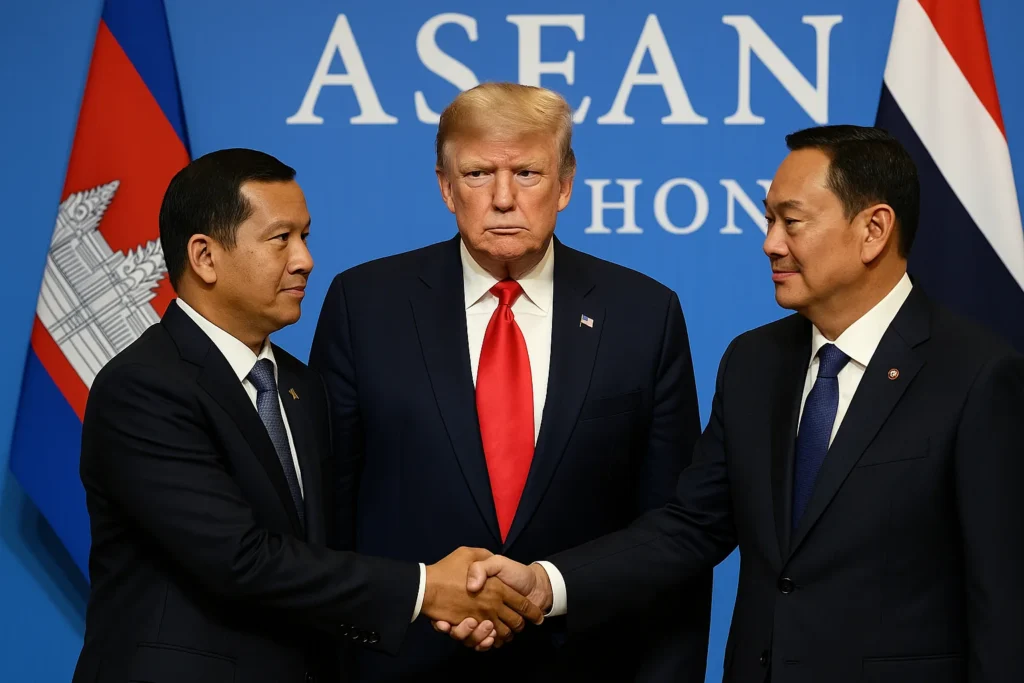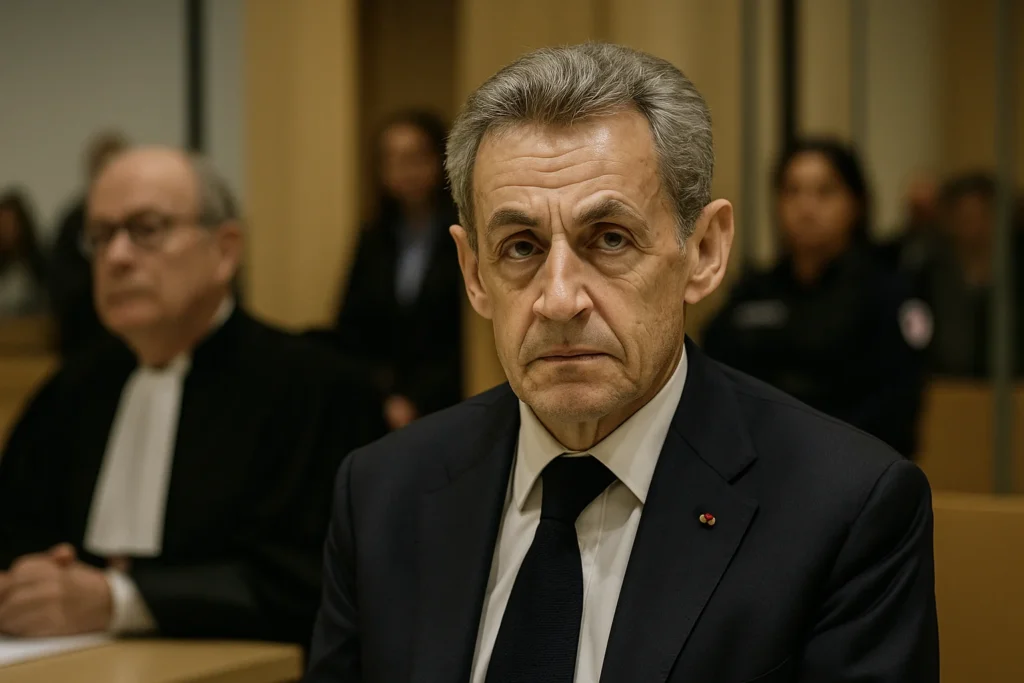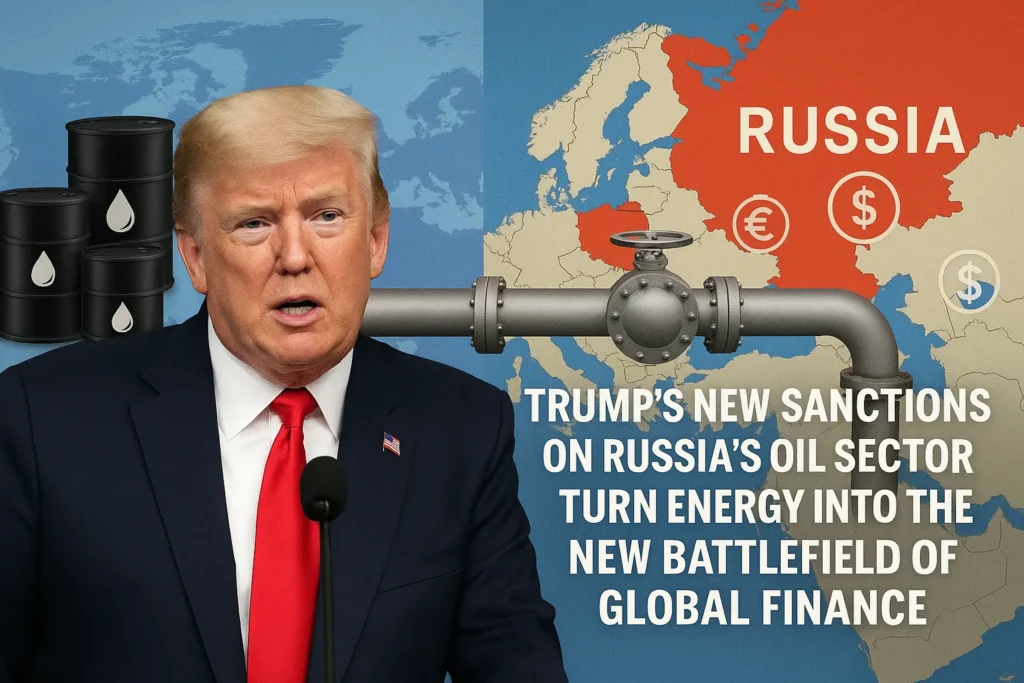The Trump Zelensky peace deal, as recently portrayed by Donald Trump, is neither real nor diplomatic. It’s a fabrication — a carefully staged illusion meant to reframe a brutal war as a missed business opportunity. Standing before cameras after his private meeting with Vladimir Putin in Alaska, Trump stated: “Now Zelensky has to do it.” In doing so, he shifted the blame for the war’s continuation from the aggressor to the victim. This was not a path to peace. It was a public relations maneuver rooted in spectacle, not substance.
Trump’s remark transformed years of bloodshed, occupation, and war crimes into a media stunt. It ignored the historical record, downplayed Russian responsibility, and implicitly demanded Ukrainian capitulation. More importantly, it presented surrender as diplomacy.
The Phantom Agreement That Never Was
There is no documented agreement or peace framework resulting from the Trump-Putin summit. According to AP News, no terms were discussed, no documents signed, and no concessions made. Still, Trump emerged claiming progress.
This is a classic move. As analyzed in our in-depth report, Trump consistently constructs the illusion of achievement in place of real outcomes. Whether dealing with North Korea, NATO, or now Ukraine, the former president prioritizes optics over results.
Trump wants to appear as the man who could have “ended the war.” To maintain this image, he must position someone else — in this case, Zelensky — as the one standing in the way of peace.
The Kremlin’s Terms, in Trump’s Voice
Russia’s demands have remained rigid and aggressive since 2022. The Kremlin insists on permanent control over Crimea and Donbas, neutral status for Ukraine, exclusion from NATO, and the halt of all Western military aid. These are not compromises. They are conditions for submission.
Nevertheless, Trump calls them “reasonable.” He praises Putin’s “pragmatism,” and suggests Zelensky is unwilling to negotiate. In essence, Trump channels Putin’s talking points into Western discourse — laundering coercion through the language of diplomacy.
This framing is dangerous. It reframes Russia’s imperialism as statesmanship and recasts Ukraine’s resistance as obstinance. As a result, the attacker becomes the problem-solver, while the victim becomes the barrier to peace.
Undermining the Foundations of International Order
The 1994 Budapest Memorandum promised that Ukraine’s borders would be respected in exchange for giving up its nuclear weapons. The United States was a guarantor. By promoting a peace that involves ceding territory, Trump effectively tells the world: treaties are optional, and commitments mean nothing.
This precedent is not just a Ukrainian problem. If this logic is accepted, any aggressive regime can invade, occupy, and then wait for a favorable negotiation. The international order, built on rules and treaties, would collapse into brute-force transactionalism.
Rebranding Appeasement as Diplomacy
Let’s be blunt: the Trump Zelensky peace deal is appeasement. It demands that Ukraine sacrifice its territory, citizens, and sovereignty for the sake of Western political optics. It mirrors the same logic that emboldened fascism in the 1930s.
In this related analysis, we explored how aging political elites recycle failed logic to preserve influence. Trump, in particular, epitomizes this trend. He offers no path forward — only a shortcut to capitulation wrapped in performance.
Trump doesn’t care about peace. He cares about appearances. That’s why his statements should not be taken as policy but as theatre.
Zelensky’s Position: Reality, Not Illusion
Volodymyr Zelensky ran on a peace platform in 2019. Since then, he has navigated diplomatic dead ends, broken ceasefires, and relentless aggression. He tried negotiations. Russia escalated.
Trump’s framing — that Zelensky simply “refuses” to end the war — is a gross distortion. It ignores the suffering of Ukrainian citizens, the legality of Ukraine’s resistance, and the clear reality that Russia has never negotiated in good faith.
Accepting this “deal” would mean legitimizing occupation. It would betray Ukraine’s military, undermine the nation’s constitution, and destroy public trust.
The Real Consequences of Accepting
If Ukraine followed Trump’s suggestion, what would actually change?
- Russia gains land and legitimacy.
- Ukraine loses sovereignty.
- NATO loses credibility.
- Western security guarantees lose value.
- China and others learn that war pays off.
This isn’t speculative. It’s based on historical precedent — most clearly seen after Crimea in 2014. Appeasement doesn’t prevent war. It delays it — and makes the next one worse.
What Needs to Happen Instead
True peace is rooted in justice, not submission. The West must support Ukraine not because it’s politically convenient, but because the principles of sovereignty, law, and resistance to authoritarianism demand it.
That includes military aid, diplomatic pressure on Russia, sustained sanctions, and unwavering clarity that borders are not up for negotiation.
Moreover, the world must reject cheap performances like the Trump Zelensky peace deal. It is not a serious proposal. It is a photo op masquerading as policy.
Zelensky does not need to “do it.”
He is already doing what matters: defending a nation under siege.
The real question is — will the West finally do its part?
External links:
58 views





